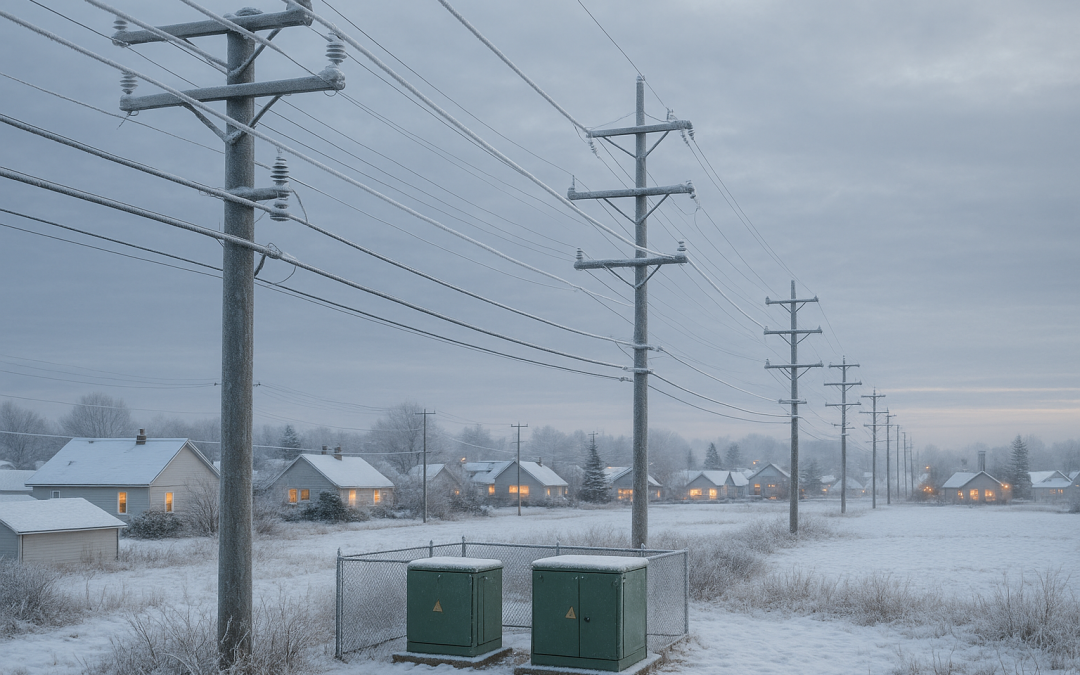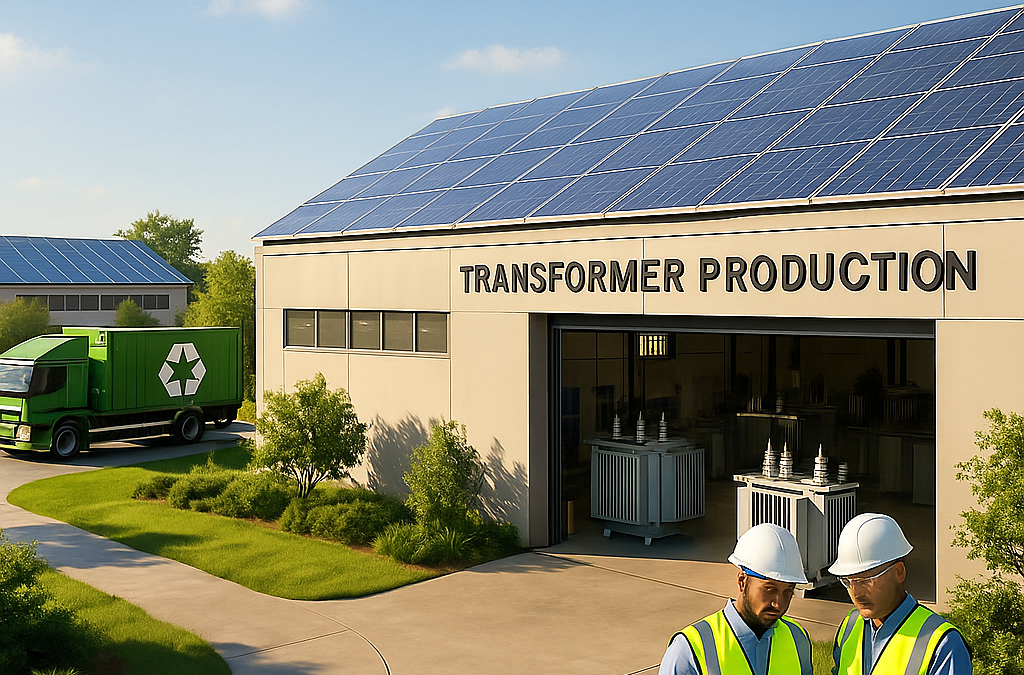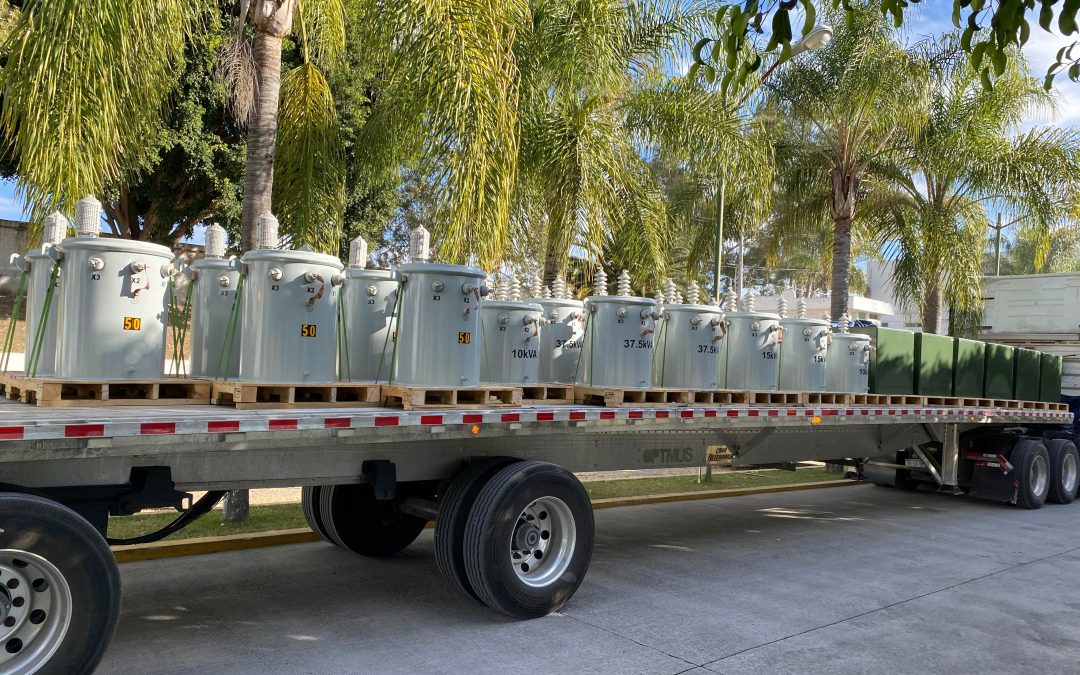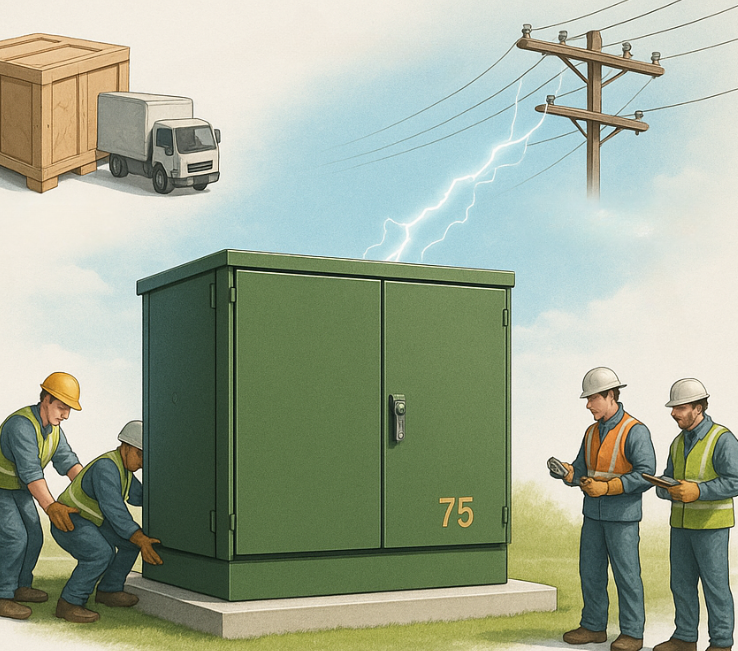 As winter sets in, electricity demand across the United States rises sharply. Heating systems, lighting, and industrial operations all push the grid to its limits, testing the reliability and resilience of national power infrastructure.In this context, electrical...
As winter sets in, electricity demand across the United States rises sharply. Heating systems, lighting, and industrial operations all push the grid to its limits, testing the reliability and resilience of national power infrastructure.In this context, electrical...
 The transformer industry in the United States is entering a new era of efficiency, sustainability, and regulatory change. The U.S. Department of Energy (DOE) and Environmental Protection Agency (EPA) are implementing stricter performance and environmental standards...
The transformer industry in the United States is entering a new era of efficiency, sustainability, and regulatory change. The U.S. Department of Energy (DOE) and Environmental Protection Agency (EPA) are implementing stricter performance and environmental standards...
 The rise of Artificial Intelligence (AI) has revolutionized industries — from healthcare and logistics to finance and entertainment. Yet, behind every AI innovation lies a growing infrastructure challenge: energy demand.Across the United States, data centers powering...
The rise of Artificial Intelligence (AI) has revolutionized industries — from healthcare and logistics to finance and entertainment. Yet, behind every AI innovation lies a growing infrastructure challenge: energy demand.Across the United States, data centers powering...
 In today’s energy sector, efficiency isn’t just about how much power a transformer can deliver—it’s about how responsibly we use the resources behind it. Every transformer represents tons of copper, steel, oil, and insulating materials that can be given a second life...
In today’s energy sector, efficiency isn’t just about how much power a transformer can deliver—it’s about how responsibly we use the resources behind it. Every transformer represents tons of copper, steel, oil, and insulating materials that can be given a second life...
 Eco-Friendly Insulating Fluids Traditional mineral oils used in transformers present risks of environmental contamination if leaks occur. To address this, many utilities and manufacturers are adopting biodegradable insulating fluids, such as natural esters derived...
Eco-Friendly Insulating Fluids Traditional mineral oils used in transformers present risks of environmental contamination if leaks occur. To address this, many utilities and manufacturers are adopting biodegradable insulating fluids, such as natural esters derived...
 What Is Life Cycle Cost? Life cycle cost refers to the total cost of owning and operating a transformer throughout its service life. This includes: Acquisition cost – purchase price, shipping, and installation. Operating cost – primarily energy losses (no-load and...
What Is Life Cycle Cost? Life cycle cost refers to the total cost of owning and operating a transformer throughout its service life. This includes: Acquisition cost – purchase price, shipping, and installation. Operating cost – primarily energy losses (no-load and...







